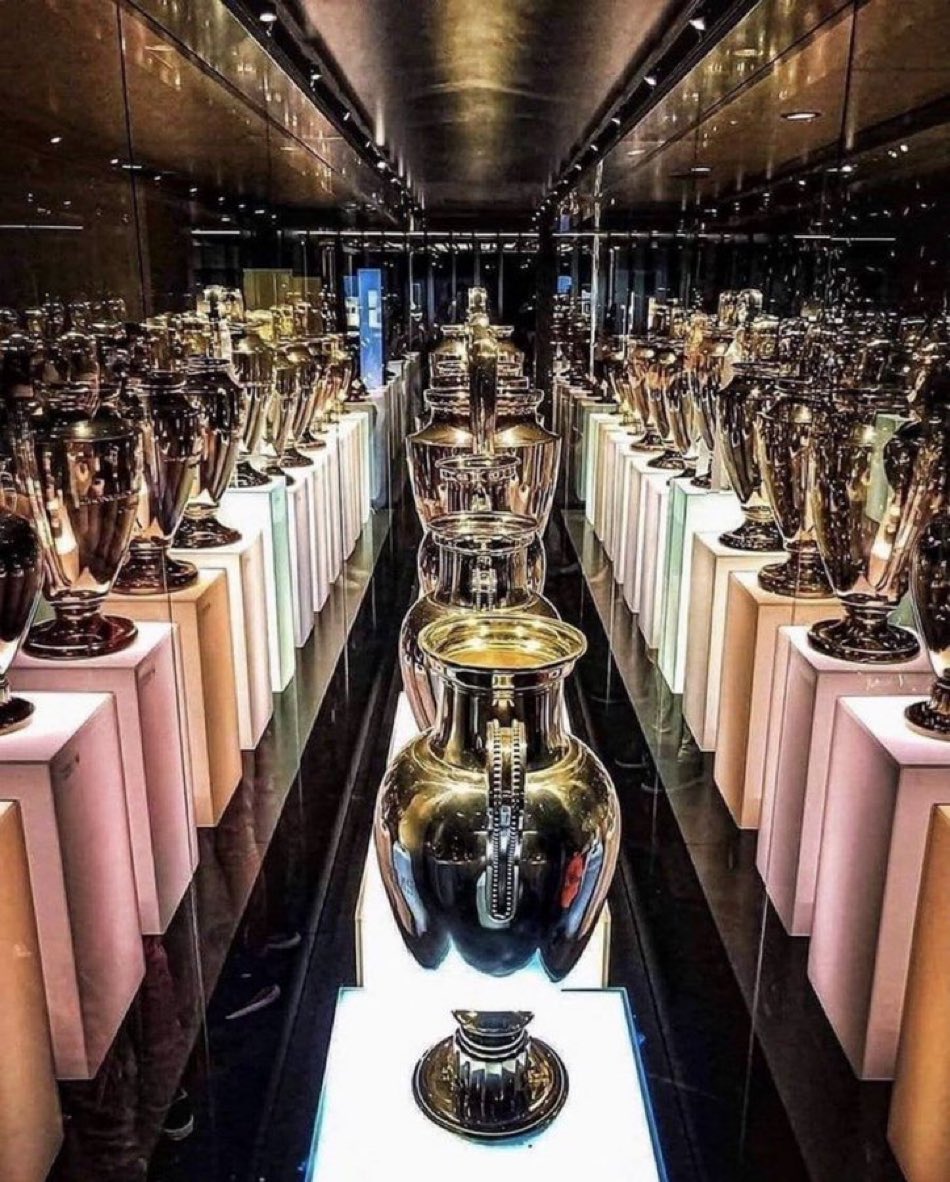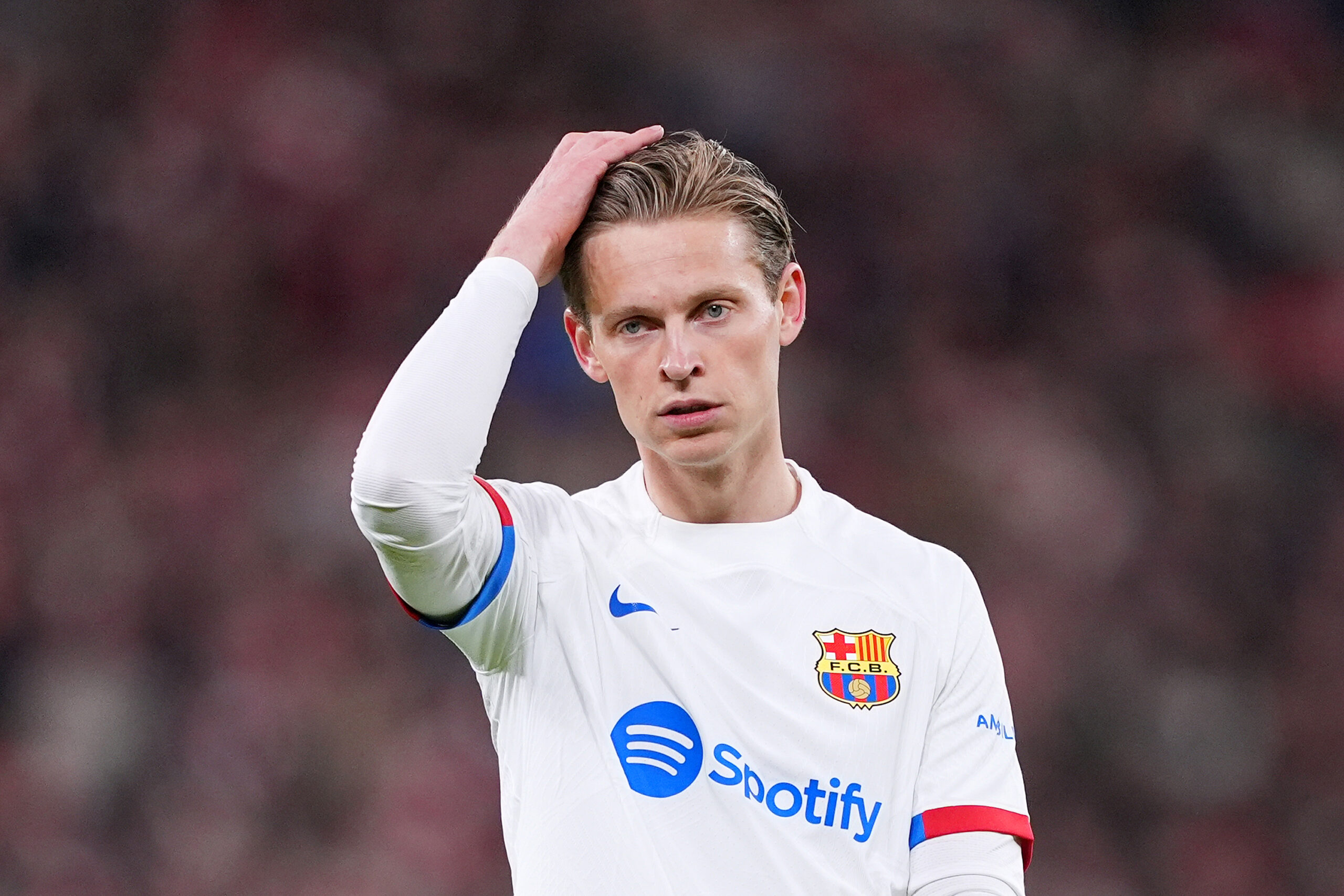Club Finances : Museum Revenue
How Clubs Use Tours To Boost Income

In modern football, history is no longer treated as decoration. Clubs now see their trophies, archives, and iconic moments as commercial assets that can generate steady income every day of the year. This is the Museum Effect: the deliberate transformation of legacy into a profitable product that stands apart from matchday revenue, broadcast deals, or prize money.
The old model was simple. A stadium tour was a small add-on, a basic stroll through the tunnel, the pitchside area, and a modest trophy cabinet. Today, the biggest clubs have turned their tours and museums into major attractions that operate like professional tourist sites.
This shift has made the museum and stadium tour essential financial pillars. They strengthen global branding, deepen emotional connection, and create a reliable, non-matchday revenue stream that does not depend on results or star players. In an industry built on volatility, clubs are learning that their past is one of their most stable sources of income.
The modern stadium tour is the foundation of the Museum Effect. Clubs have redesigned these experiences to feel deliberate and polished. Visitors move through controlled routes built around storytelling, not convenience. VR segments, tunnel walk-ins, replica dressing rooms, and personalised photo stops create the sense of stepping directly into the club’s world. Nothing is accidental; the entire tour is structured to build emotion and anticipation.
The museum itself follows the same logic. Clubs now design their museums like cultural institutions, not gift shops with trophies. The trophy room sits at the centre as the main emotional draw, engineered for maximum visual impact and social-media sharing. Surrounding it are interactive exhibits with touchscreen archives, match clips, statistical breakdowns, and digital displays that make the club’s past feel alive rather than distant.
Most importantly, the layout is built around storytelling. Visitors move through a clear narrative about identity, struggle, success, and values. The aim is simple: leave every guest, whether they are a lifelong fan or a casual tourist, with a stronger emotional attachment to the club.
For elite clubs, the museum-and-tour ecosystem has become one of the most reliable non-matchday revenue streams, and no institution illustrates this better than Real Madrid. In an era shaped by Financial Fair Play, clubs need income that is stable, repeatable, and independent of on-pitch volatility. Tourist revenue provides exactly that.
The monetisation starts with ticket packages. Stadium tour plus museum entry is now a premium product, sold in multiple tiers, with higher pricing for immersive add-ons and VIP access. Madrid’s Bernabéu Tour is the gold standard, drawing millions of visitors annually and generating revenue comparable to what some leagues earn in broadcasting. Barcelona and Manchester United follow closely, but Madrid set the commercial template for turning legacy into cashflow.
Then comes the retail funnel. Tours universally end inside the club megastore, but Madrid perfected the emotional upsell: retro kits, limited-edition trophies, Champions League merch drops, and era-specific memorabilia that directly link to what fans just experienced. It is choreographed psychology.
Clubs also rent museum spaces, executive lounges, and premium zones for corporate events on non-match days. These facilities operate daily, turning stadiums into full-time commercial hubs rather than once-a-fortnight venues. History drives foot traffic; architecture converts it into revenue.
Real Madrid also show how powerful a museum can be as a global branding tool. For millions of international supporters, the Bernabéu Tour is a pilgrimage, one that transforms distant admiration into lifelong identity. Standing beside the European Cup cascade, walking through eras of Di Stéfano, the Galácticos, and the modern Champions League dynasty, visitors absorb the message Madrid want to project: this is football’s most successful club.
Other giants follow the same blueprint. Barcelona lean heavily on the Guardiola era and La Masia identity. Manchester United foreground Busby, Ferguson, and the Treble. But Madrid operate at a different scale. Their museum is not just a historical archive; it is a live demonstration of global superiority, commercial strength, and cultural reach.
This model also shapes future fans. For younger visitors, especially tourists who may not watch La Liga weekly, the museum experience acts as an instant conversion tool. It tells a story of heritage, ambition, and dominance, packaging the club’s identity into something emotionally accessible.
Museums also allow clubs to curate their own mythology. They choose which players, managers, and eras to spotlight, ensuring the narrative aligns with modern branding. Madrid, again, excel here: every gallery reinforces the club’s ethos of ambition, excellence, and European authority.
In today’s football economy, legacy is not passive, it is an active advantage. And hardly anyone proves the value of history more convincingly than Real Madrid.
The rise of the Museum Effect shows how quickly football has evolved into a year-round entertainment industry. Clubs no longer depend solely on matchdays or broadcast cycles. By professionalising their past, they have built a revenue model that is stable, global, and emotionally powerful. Stadium tours and museums now operate like premium tourist attractions, drawing supporters and casual visitors into a world of curated storytelling, immersive technology, and controlled nostalgia.
The financial impact is clear. These spaces generate predictable income, support FFP sustainability, and create commercial opportunities that run seven days a week. They also strengthen identity. For international fans, the museum is often the only physical touchpoint with the club, and that experience shapes loyalty in a way that no digital campaign can replicate.
The future will push this further. Virtual tours, interactive archives, digital collectibles, and remote museum experiences will allow clubs to monetise their history even for fans who never travel. The strategy will only become more sophisticated.
In today’s game, the past is no longer a backdrop. It is a product, and one of the most valuable assets a club can own.








